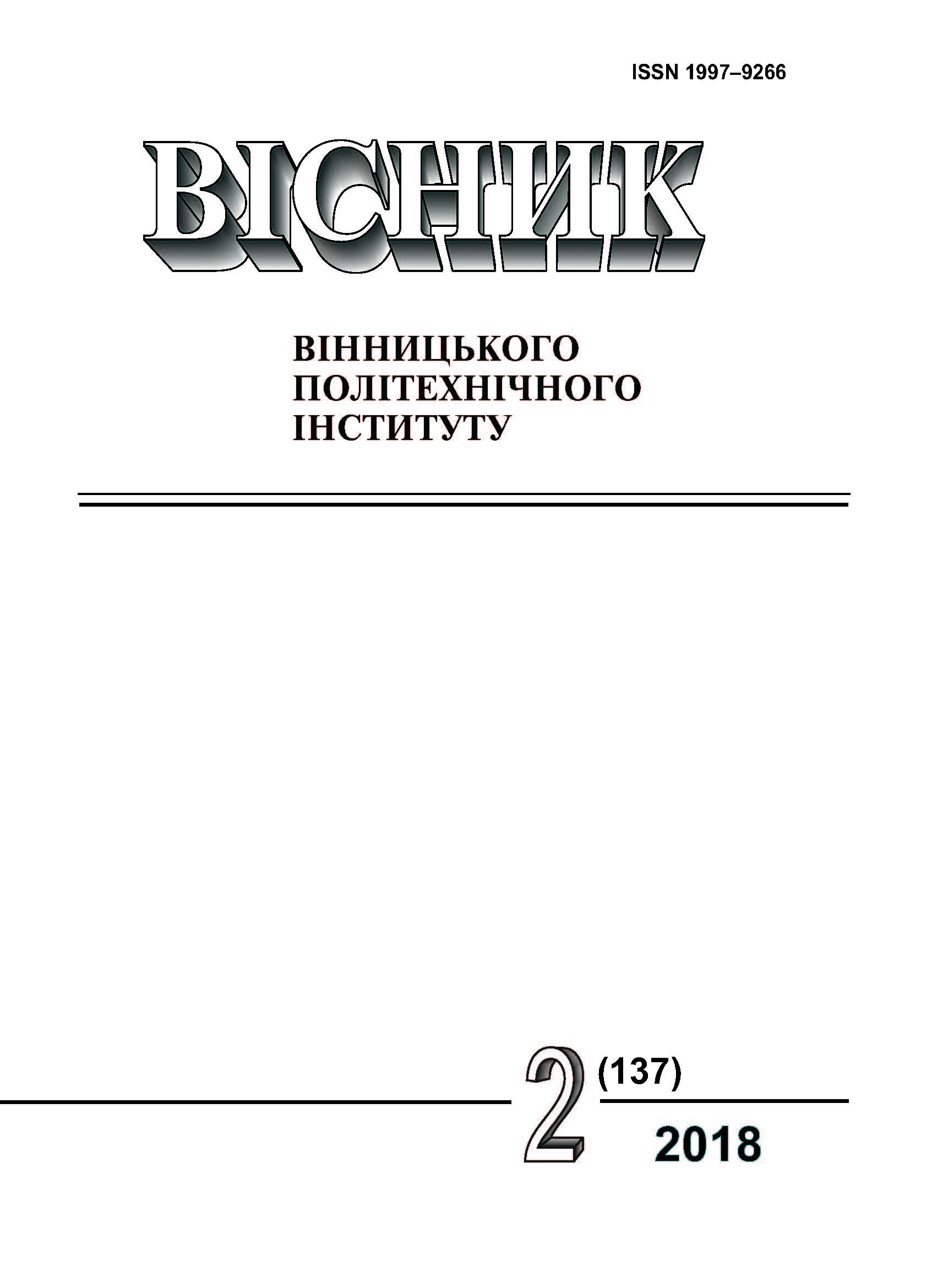Method of Automatic Synthesis for Digital Radio Engineering Devices with Pulse-Frequency Encoding
Keywords:
pulse-frequency encoding, full intermediate result, deviation function, membership function, pulse-frequency logic functionAbstract
The method of synthesis of digital radio engineering devices with pulse-frequency encoding of information is considered in the work. The distinction of the method is the basic elements for synthesis being physical circuits that implement elementary functions.
An approach based on the transformation of elementary operations performed by physical schemes into elementary operators that implement pulse-frequency logic functions is proposed for the synthesis of such devices.
A methodology and algorithm for constructing a table for the functioning of digital radio devices with pulse-frequency encoding of information for a binary structural alphabet is developed. Analytical expressions for calculating of complete intermediate results for uniquely and ambiguously dependent pulse-frequency logic functions are proposed.
To calculate the number and values of auxiliary signals used for constructing digital devices it is proposed to calculate the deviation functions which represent the difference between the total intermediate results and the corresponding value of pulse-frequency logic functions. The number of different values of the deviation functions corresponds to the number of auxiliary signals needed to implement the device, and the various values of the deviation function are the values of auxiliary signals.
An algorithm for constructing a membership function is developed which processes the value of the deviation function and provides filtering.
The method of drawing up the operator description is developed, on the basis which the structure diagram of digital radio engineering devices with frequency-pulse encoding of information is built.
A program for the structural synthesis of digital radio devices with frequency pulse encoding of information is developed using the proposed algorithms. The program is written in Java programming language, version 8 JRE SE. The JavaFX 2.2 platform was used to develop the program. The framework for automatic jar package layout is Apache Maven. Additional libraries are GSON, JFXtras.
References
В. М. Кичак, Синтез частотно-імпульсних елементів цифрової техніки. Вінниця, Україна: УНІВЕРСУМ-Вінниця, 2005, 291 с.
В. М. Кичак, та О. О. Семенова, Радіочастотні та широтно-імпульсні елементи цифрової техніки. Вінниця, Україна: УНІВЕРСУМ-Вінниця, 2008, 162 с.
А. С. Винницкий, «Частотная модуляция и цифровая обработка информации,» Радиотехника, № 6, с. 83-88, 1987.
V. M. Kychak., M. D. Huz, and D. S. Hromovyi, “Influence of Critical Current and Parameters of Josephson Junction on Frequency Stability of Oscillator,” Information and Telecommunication Sciences, vol. 7, no. 2, pp. 54-61, 2016.
Downloads
-
PDF (Українська)
Downloads: 120
Published
How to Cite
Issue
Section
License
Authors who publish with this journal agree to the following terms:
- Authors retain copyright and grant the journal right of first publication.
- Authors are able to enter into separate, additional contractual arrangements for the non-exclusive distribution of the journal's published version of the work (e.g., post it to an institutional repository or publish it in a book), with an acknowledgment of its initial publication in this journal.
- Authors are permitted and encouraged to post their work online (e.g., in institutional repositories or on their website) prior to and during the submission process, as it can lead to productive exchanges, as well as earlier and greater citation of published work (See The Effect of Open Access).





